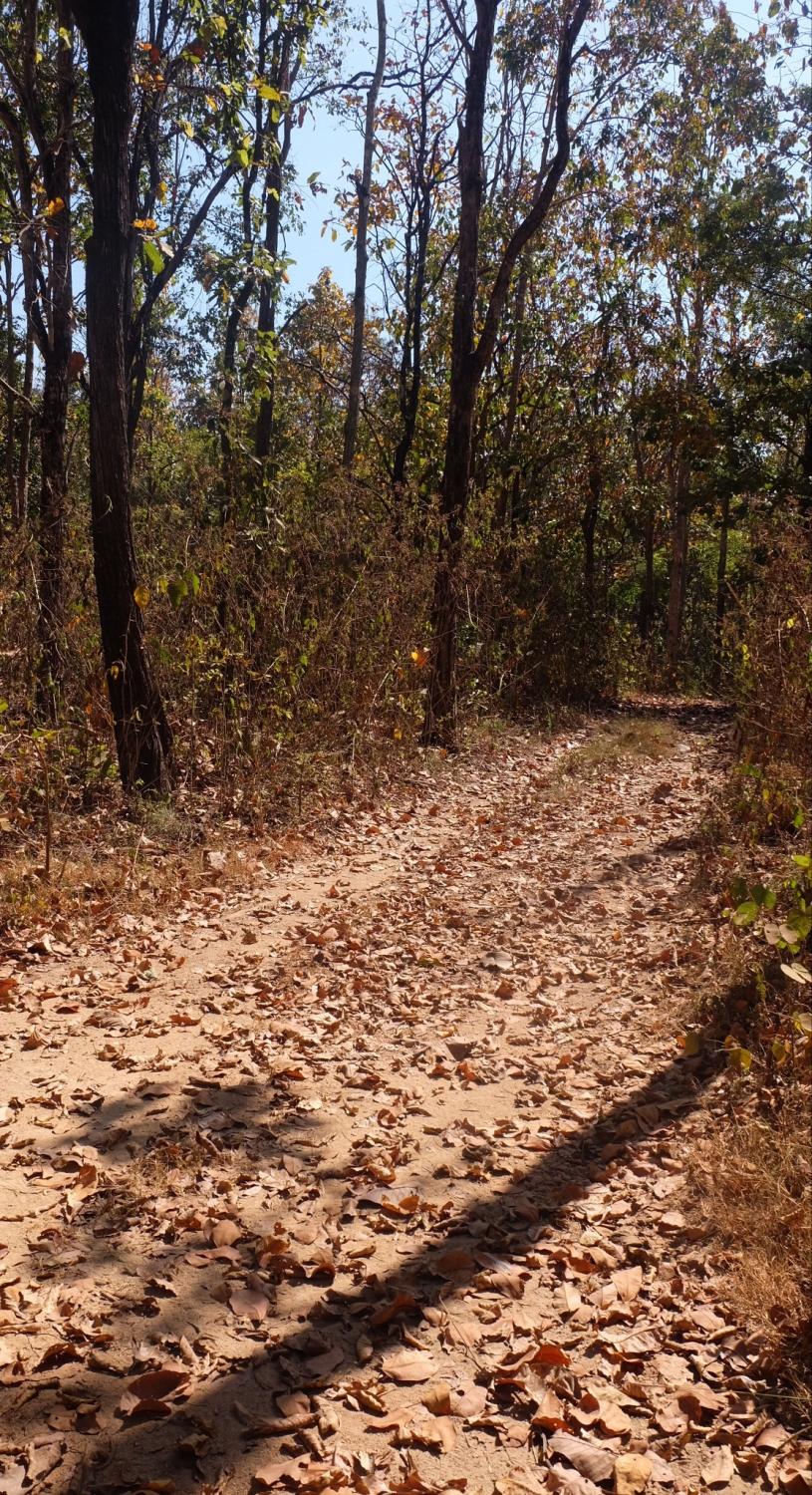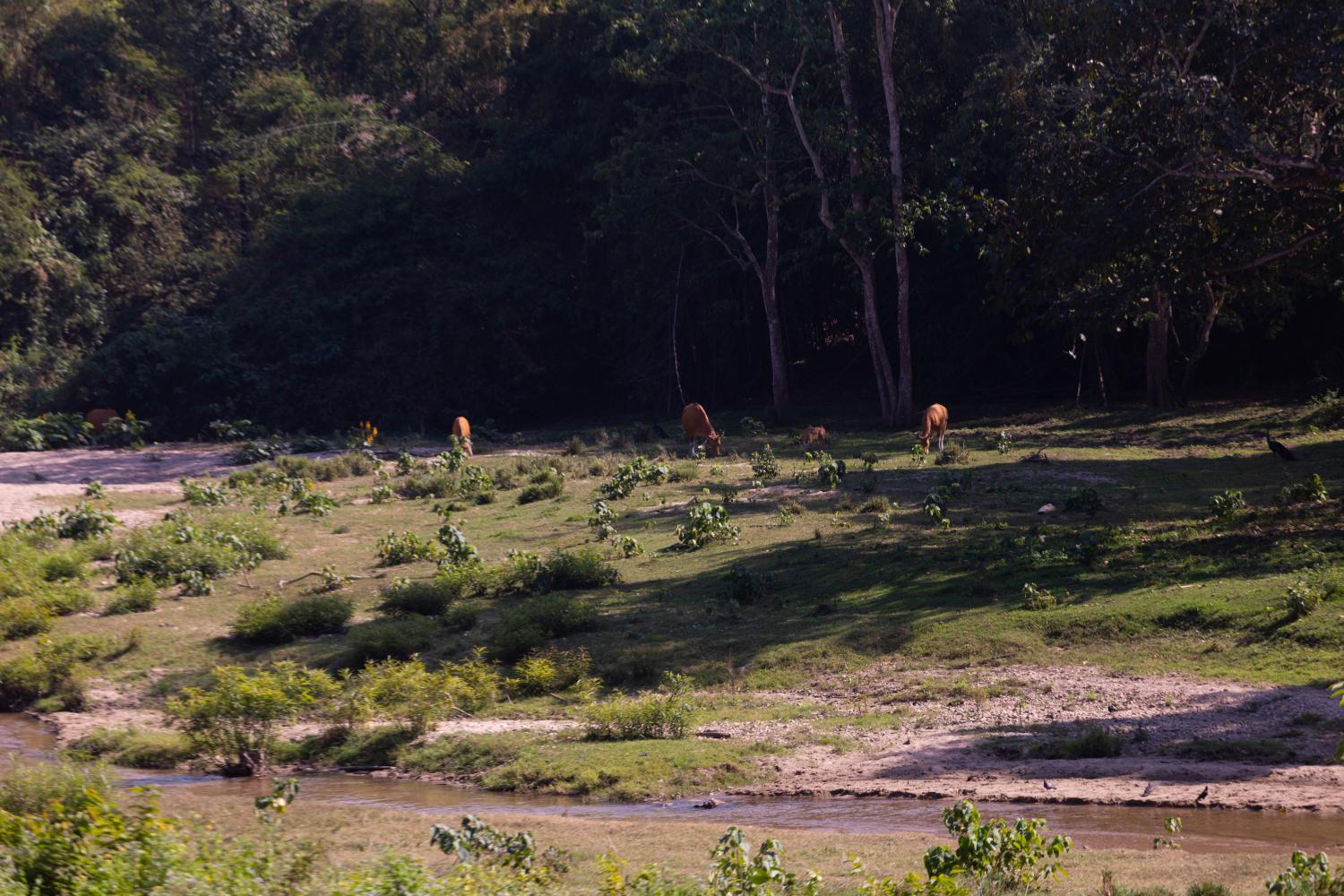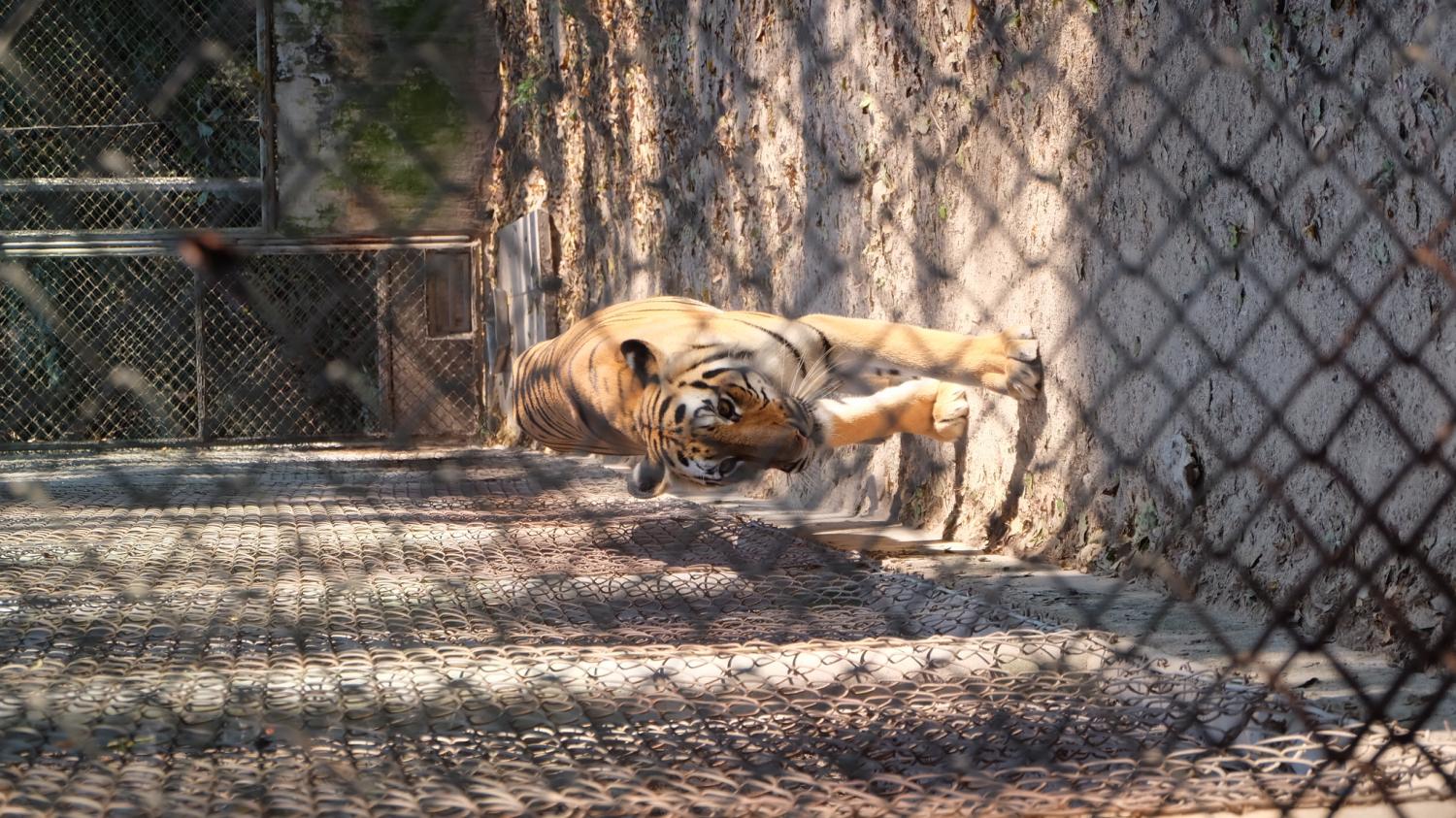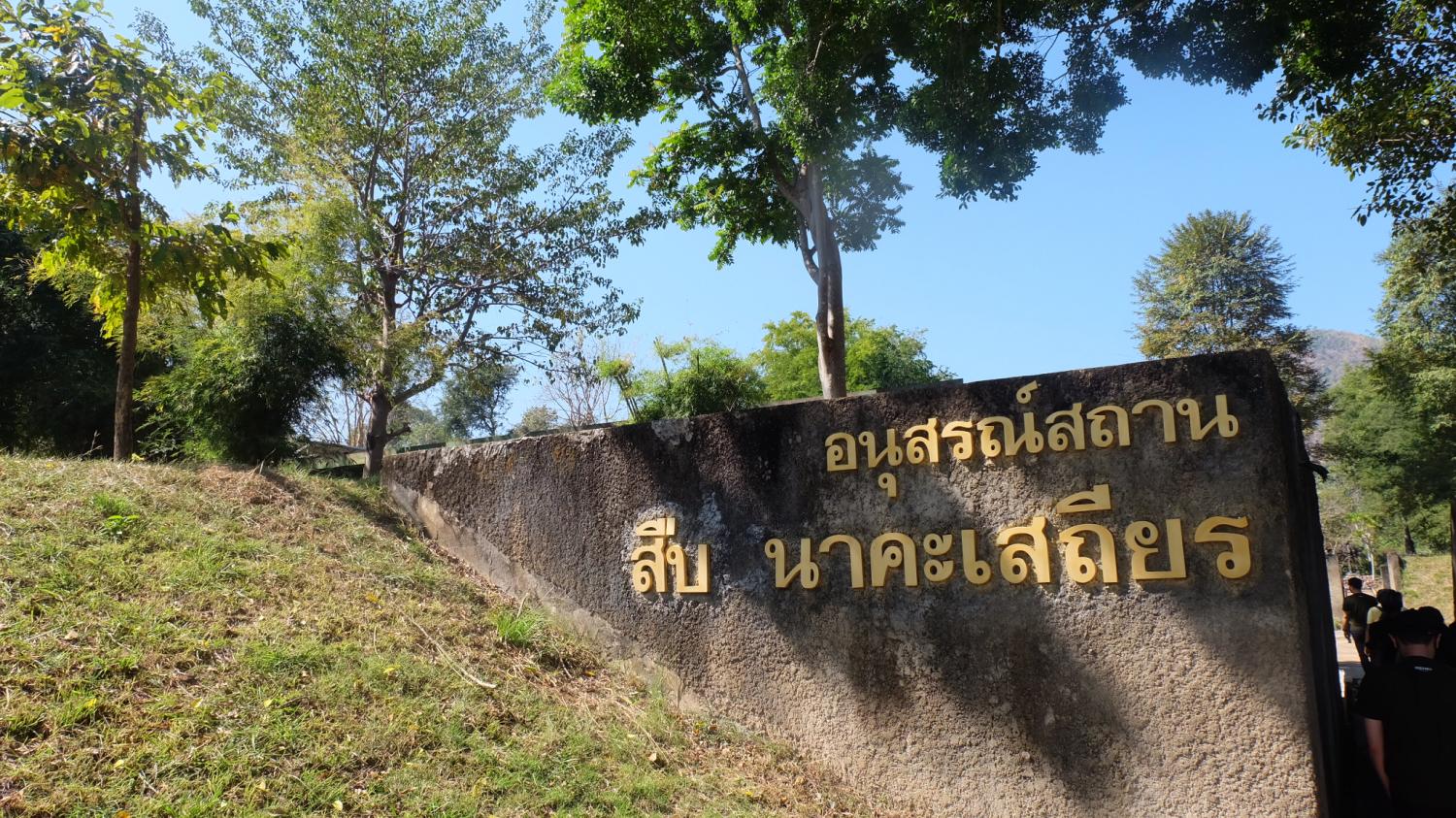
A mechanical watch is not just a timepiece, but a reminder of the unfinished mission of Seub Nakhasathien, who laid down his life for conservation in 1990. At the helm of Huai Kha Khaeng Wildlife Sanctuary in Uthai Thani, he suffered numerous setbacks from deforestation and poaching to poverty. And after eight months of stewardship, he cleared his decks, made a will and shot himself in his quarters out of frustration in a bid to raise public awareness of environmental protection.
Now the Thai patriot has been honoured with the Seiko Prospex Alpinist Seub Nakhasathien Thailand Limited Edition. Inspired by nature, its dial shows a ray of light that shines through a lush forest. At the back of the stainless steel case is a long-tailed goral jumping over a wildfire, the logo of the Seub Nakhasathien Foundation that carries his mission forward. It is placed in a box that shows the endangered tiger, an indicator of biodiversity, on the lid. The limited edition of 1,000 pieces is almost sold out.
"Seiko has focused on sustainability, which translates into every aspect of the company, including our product," said Wantanee Vatanakorn, brand director for Seiko Thailand. "After we decided to focus on conservation, the Seub Nakhasathien Foundation came to mind. We wanted to develop a special line of watches and donate a portion of sales to support its activities."
Huai Kha Khaeng Wildlife Sanctuary is rich in diverse flora and fauna due to its unique location. It is surrounded by four biogeographical regions -- Sundaic, Indo-Burmese, Indo-Chinese and Sino-Himalayan. It covers around 1.8 million rai of land, which has a variety of tropical forests and serves as a watershed for the Mae Klong and Sakae Krang rivers. It is home to more than 700 wild animals, including tigers, leopards, tapirs, bantengs and gaurs. Unesco declared Huai Kha Khaeng and Thung Yai Naresuan as World Heritage Sites in 1991.
Still, the shortage of resources has been an obstacle in conservation work. After the death of Seub, conservationists set up the Seub Nakhasathien Foundation to continue his mission. It is an environmental non-governmental organisation that relies mainly on public donations. It provides support to precarious forest rangers and wildlife research, including on long-tailed gorals, red-headed vultures and fishing cats, on top of other communication campaigns.
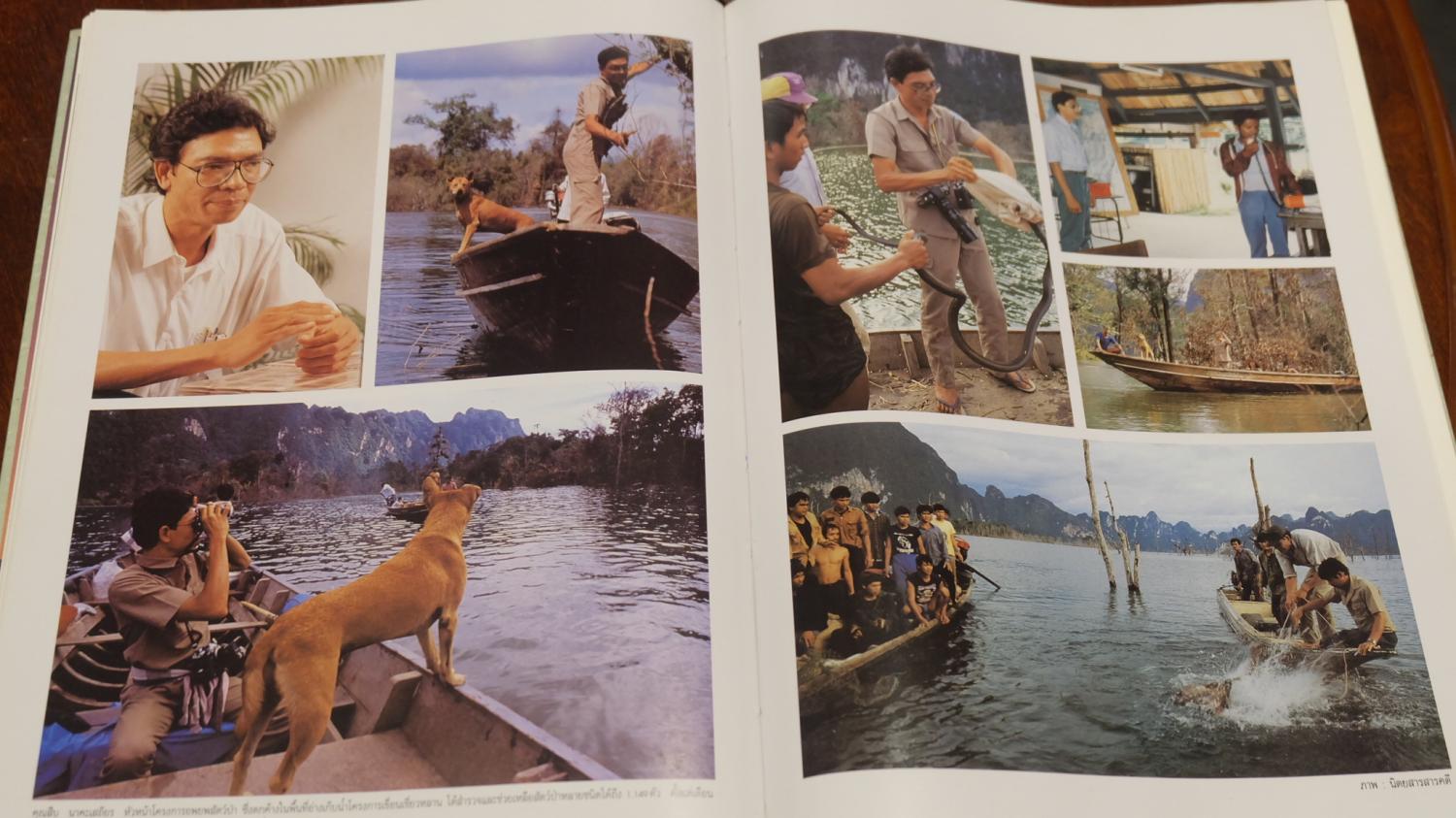
"Given the size of the sanctuary, manpower and budget are limited. [Forest rangers] are unable to monitor it thoroughly. Conservation can't stop. In case of emergencies, such as last night's clash [between officials and poachers], they must be on duty," said Thanakorn Chaiyot, officer for the Seub Nakhasathien Foundation.
Seiko Thailand recently launched a corporate social responsibility project titled Save The Forest, following its marine conservation campaign of over five years. It provided financial support of 500,000 baht from the sale of the limited-edition wristwatch to the Seub Nakhasathien Foundation and invited the media to join a trip to raise public awareness of environmental protection this year.
Huai Kha Khaeng Wildlife Sanctuary is home to Seub Nakhasathien Memorial. In the aftermath of the tragic loss of Seub, it was established to commemorate his deeds. A multipurpose open hall is surrounded by a high levee to create harmony with nature. A path is paved with rose-shaped stones for ease of work. It is not covered with plaster and paint to convey the idea that conservation is an unfinished business. Walking further, the larger-than-life statue of Seub looks southwest to an area where the forest is in pristine condition. A stone ladder leads to his closed office and lodging.
"He shot himself in this bedroom. After his suicide, it was turned into a memorial. It remains the same, except for some renovation due to termites," said a staff member. "You can see his personal belongings and photos of poached animals. Some were affected by the construction of the Cheow Lan dam in Surat Thani."
In 1986, Seub was in charge of relocating marooned animals at the Cheow Lan dam. It straddles Klong Saeng, which flows through a wildlife sanctuary and national park. Once construction began, the closure of a tunnel for water storage flooded the area and created small islands where creatures were stranded. Seub and his team took a long-tailed boat out to rescue them in a race against time due to the rising water level.
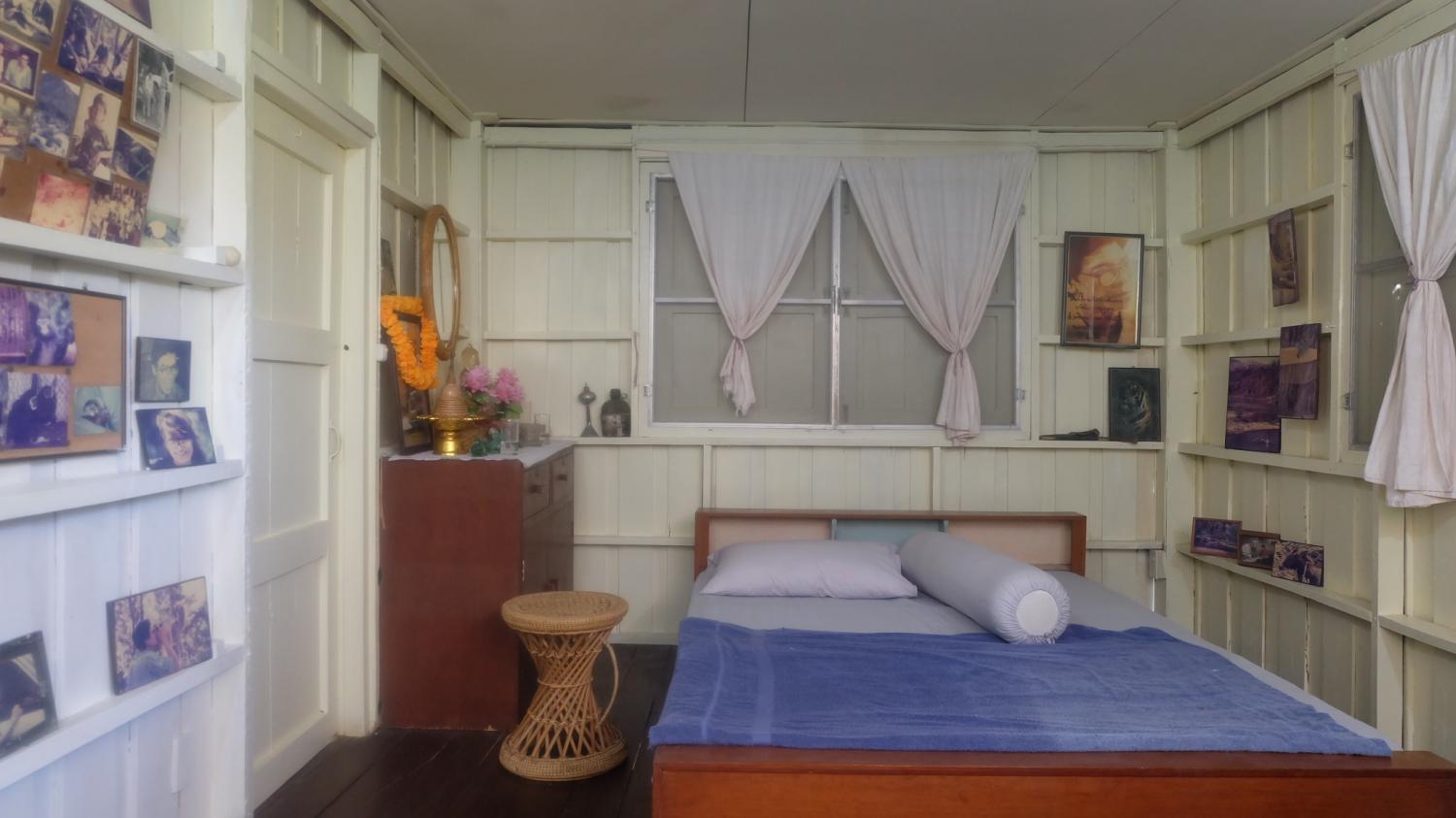
No matter how much of an effect he has had, conservationists are facing challenges, especially conflict over the use of natural resources. Udom Klubsawang, officer for the Seub Nakhasathien Foundation, said he resolved issues in land and forest products years ago. However, animals are now encroaching on human habitats in search of food. Villagers are resorting to lethal electric fences or engaging in wildlife trade. He is encouraging community residents to cultivate tolerant crops and find new jobs.
"There is no research to back up why animals are roaming outside, but I think many factors, including the government's wildfire prevention, have changed the forest. In fact, [moderate] fire is needed to stimulate new grass [a source of food]," he said.
Huai Kha Khaeng Wildlife Sanctuary often conjures an image of the lush forest, but the reality on the ground shows its orange-brown canopy and storm of dust. We weeded out dry leaves to make a firebreak zone of 500m in the dry dipterocarp forest. It is a buffer zone for containing prescribed burning, which can reduce the chance of animal invasion of human habitat. Nearby, we also joined hands in creating artificial salt licks.
"We are adding nutrients to soil because they are scarce in nature. Providing enough food can keep them at bay," he said.
From a wildlife observation tower, we were rewarded with the sight of bantengs, one of the seven great creatures of the sanctuary, grazing in the pasture. An official record shows that other animals like peacocks are frequently spotted. Our trip concluded at the breeding and learning centre, which is responsible for the recovery of endangered species and the care of trafficked animals.
Seiko Thailand's Save The Forest is a reminder that conservation is a work in progress. It should not be borne out of an individual feat, but a collective effort. As Seub once said: "If we can't protect the best forest we have, Huai Kha Khaeng, don't expect to save others."
